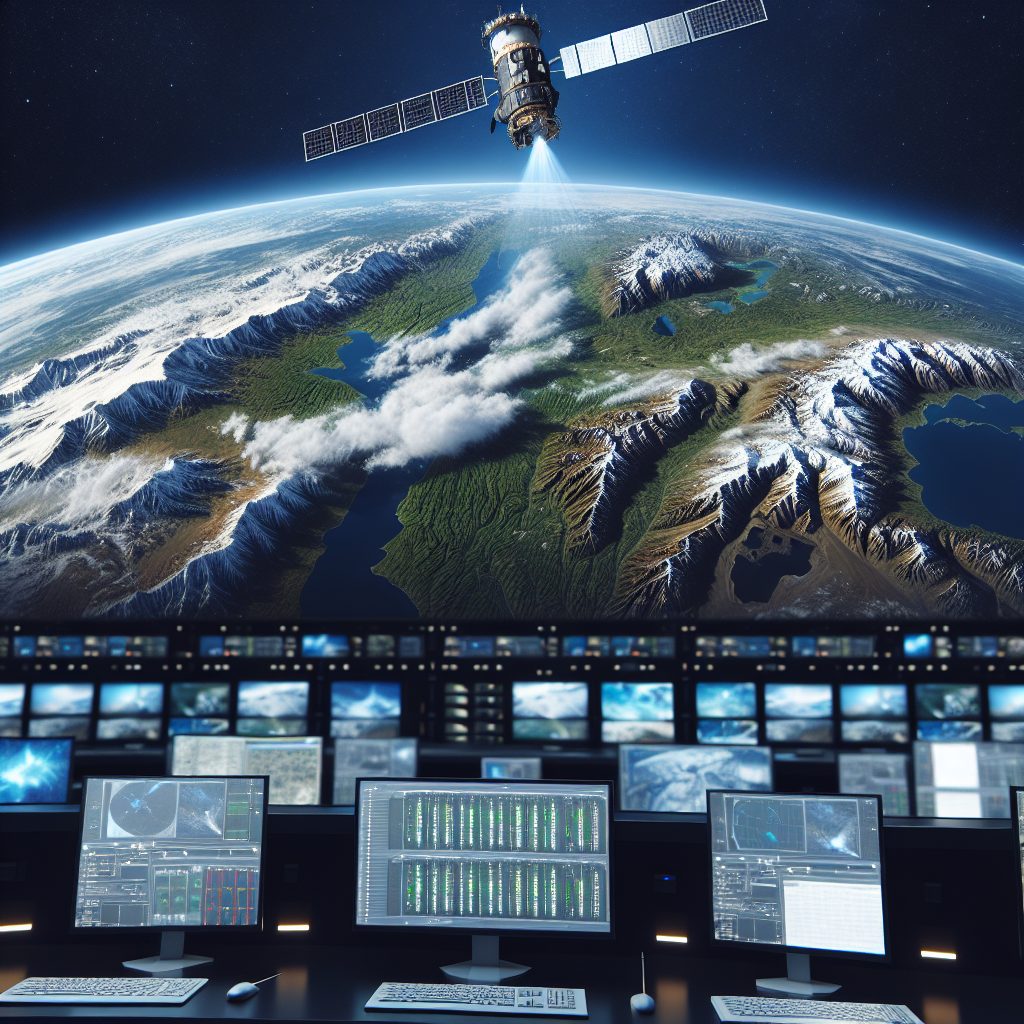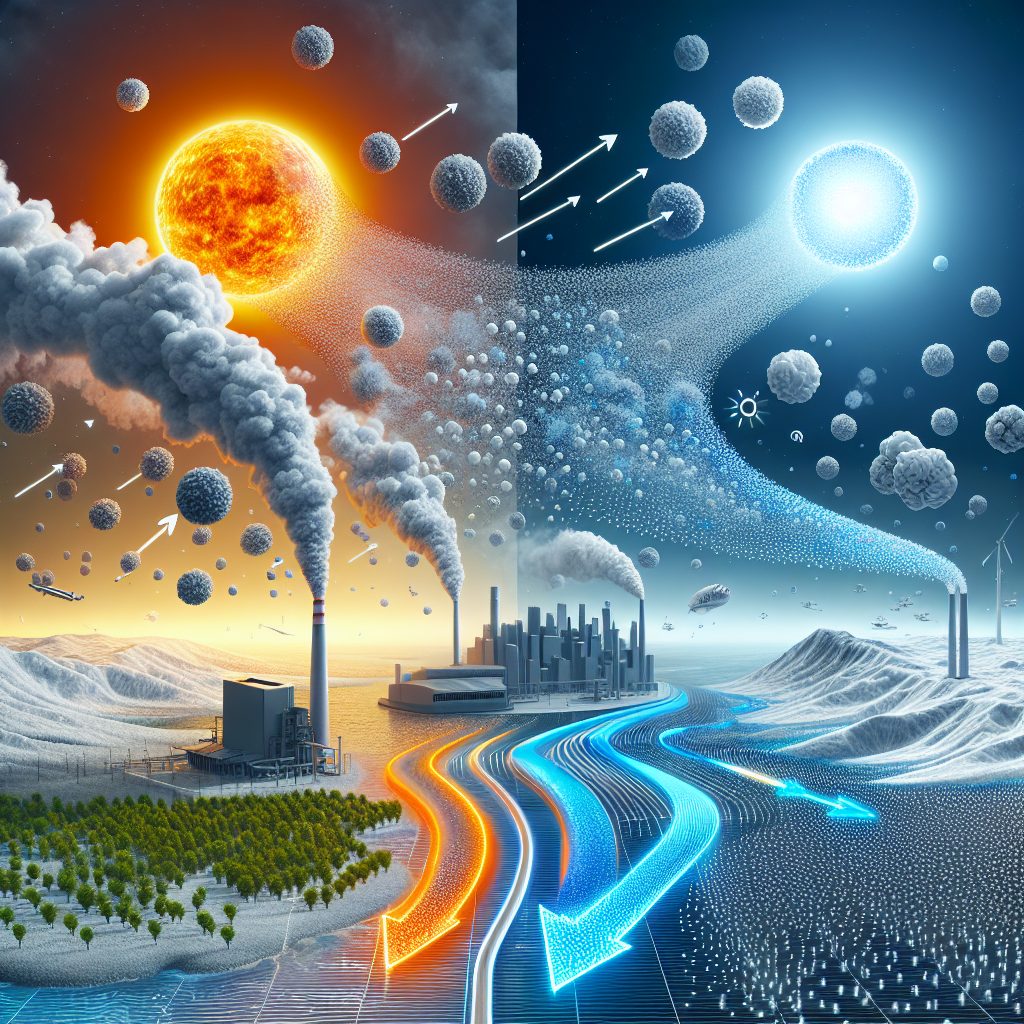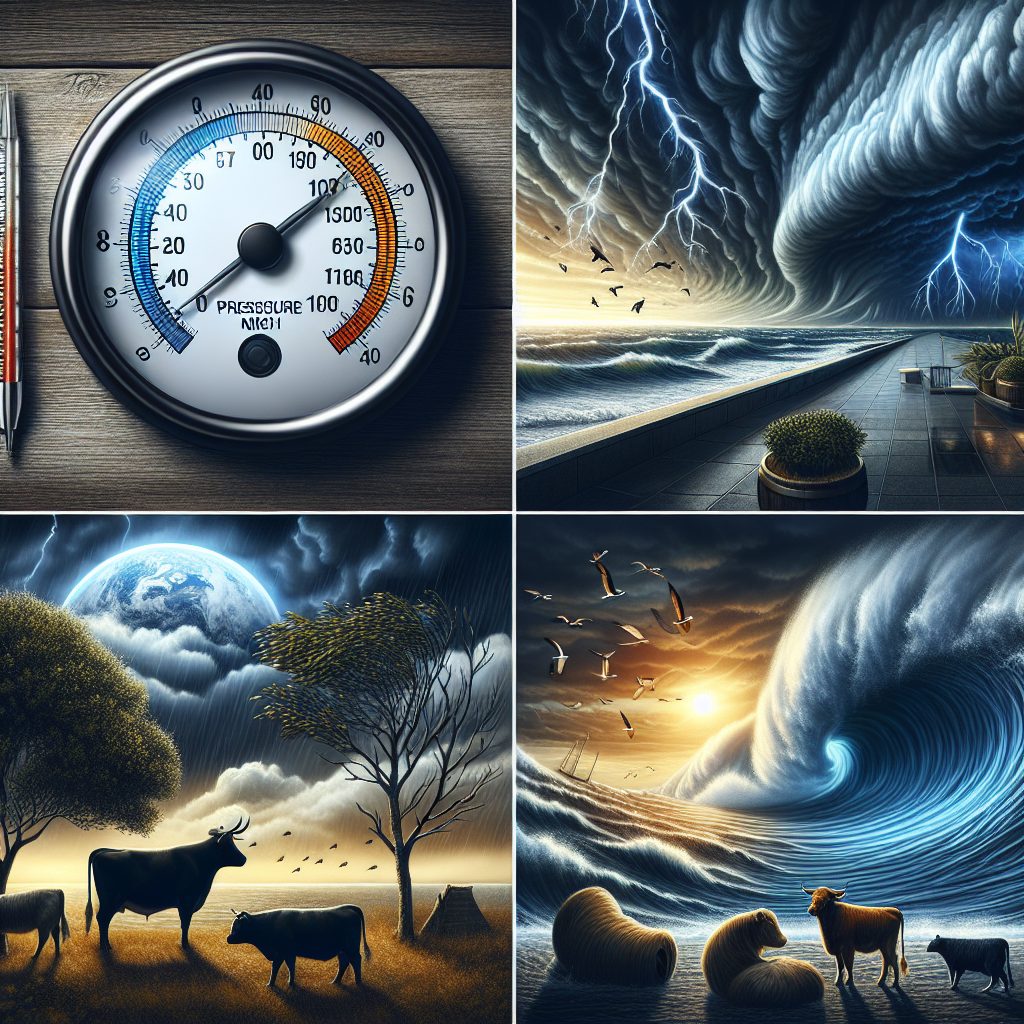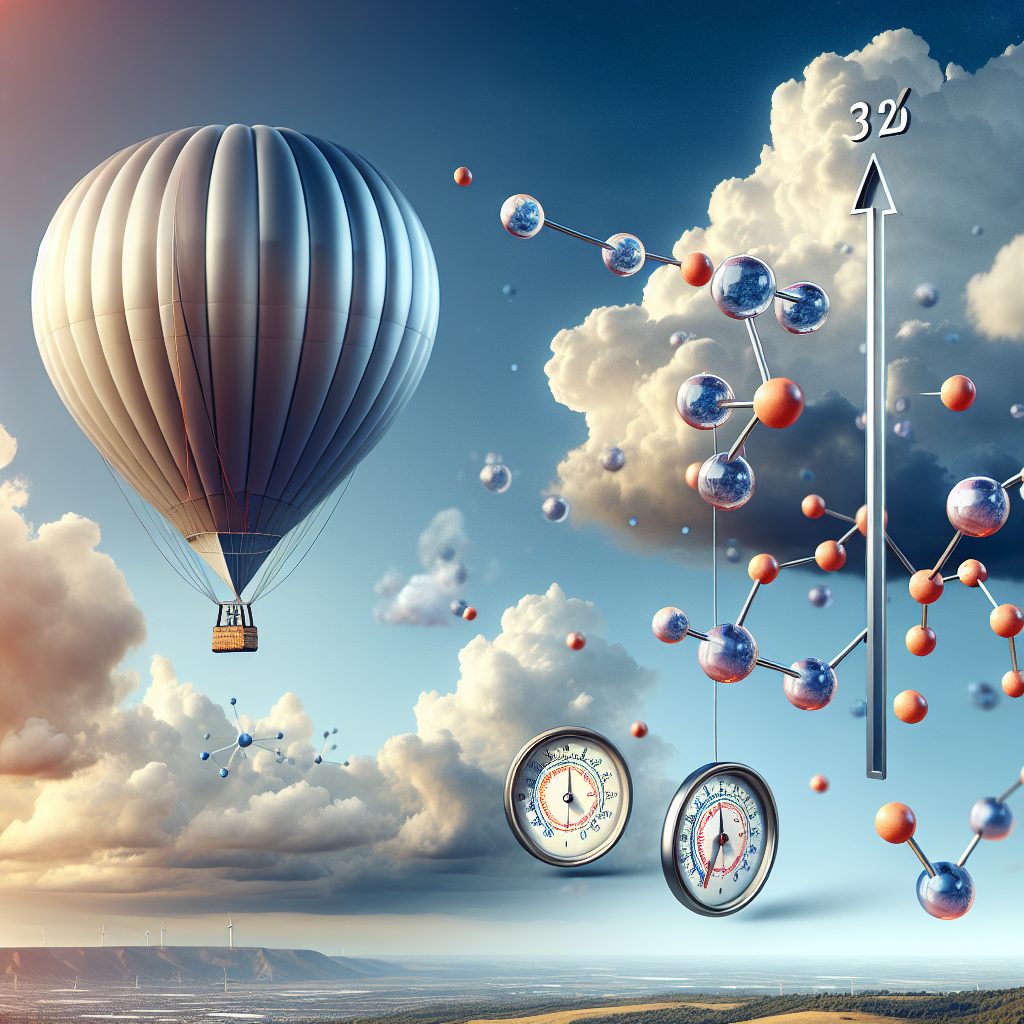Category: Atmospheric Science

Revolutionize Climate Monitoring with Remote Sensing
Remote sensing is an invaluable technology for monitoring climate change. It is a process of collecting data about the environment from a distance through technological instruments such as satellite imagery and digital cameras. This process allows scientists to measure, monitor, and predict changes in the environment more accurately. Being able…

Uncovering the Truth: Extreme Weather Events Demystified
The effects of climate change and extreme weather events are becoming increasingly evident across the globe. From increased temperature trends in many parts of the world to the increasing frequency of extreme storms, it is becoming clear that analysis of these events is necessary for communities and businesses to prepare…

The Surprising Link Between Aerosols and Climate Change
Aerosols are tiny particles suspended in the atmosphere, including dust, smoke, and ozone. They are created by both natural and human activities and have an impact on Earth’s climate and weather. Aerosols play a key role in earth’s climate by influencing the level of sunlight that reaches the surface. They…

Unveiling the Secrets of Cloud Formation and Climate
Cloud formations and climate are two interconnected terms which have a significant impact on the world’s weather systems. Each cloud formation is subject to various dynamic atmospheric forces which can also be affected by climate, temperature and moisture content. The condensation and evaporation of water within a cloud usually occurs…

Unveiling the Impact of Atmospheric Changes on Ecosystems
Atmospheric changes and ecosystems are inextricably linked. As the atmospheric conditions surrounding an ecosystem change, they can have both beneficial and detrimental effects on the species living within it. For example, a decrease in atmospheric pressure can lead to increased rainfall, which can cause flourishing growth in plants, while too…

Unveiling Weather Wonders: Phenomena Exploration
Weather phenomena exploration is the study of events such as storms, hurricanes, tornadoes and other extreme weather events that can have a significant impact on our lives. This process involves field observations, historical research, remote sensing and meteorological models. All of these tools can be used to understand the behavior…

Unlocking the Secrets of Atmospheric Pressure & Weather
Atmospheric pressure is one of the fundamental physical properties of the Earth’s atmosphere, measured with a barometer. It is the force exerted by the weight of the air above a certain point and is affected by the temperature and humidity of the air. Atmospheric pressure is constantly changing depending on…

The Surprising Impact of Atmospheric Pressure on Your Health
Atmospheric pressure, commonly referred to as air pressure, is the measure of force per unit area exerted on the surface of the earth’s atmosphere by the atmosphere itself. The primary effect of changing atmospheric pressure is the corresponding change in air density. Changes in atmospheric pressure can have both positive…

Mastering High and Low Pressure Systems: Ultimate Guide
High and Low Pressure Systems are meteorological phenomena characterized by a difference in air pressure at different parts of the Earth’s atmosphere. Low pressure systems are usually caused by warm air rising while high pressure systems occur when air sinks due to the cooling of the air. These systems usually…

Unveiling the Impact of Atmospheric Pressure Changes
Atmospheric pressure changes refer to the differences in atmospheric pressure or air pressure in different places over the Earth’s surface. This pressure is caused by differences in air temperatures, wind speeds, concentrations of water vapor, and regional differences in atmospheric pressures. Air pressure changes significantly with altitude, since air pressure…

Discover the Secrets of Atmospheric Pressure Measurement
Atmospheric pressure measurement is crucial part of meteorology, aviation, and other sciences. Atmospheric pressure is typically measured by a device known as a barometer, which is capable of recording the atmospheric pressure regardless of the weather conditions. Barometers use aneroid technology, which relies on a sealed chamber of gas inside…

Unlocking the Secrets of Atmospheric Pressure at Different Altitudes
Atmospheric pressure is the pressure exerted by the mixture of gases that make up the Earth’s atmosphere on its surface. It is measured in hectopascals or millibars and is represented by the symbol ‘hPa.’ Atmospheric pressure changes according to altitude- the higher we go in the atmosphere, the less air…

Unlocking the Secrets of Balloon Flight: The Impact of Atmospheric Pressure
Atmospheric pressure is the force exerted onto the Earth’s surface by the weight of the atmosphere. It is often measured in hectopascals (hPa) and includes the air pressure generated by the heating of air, as well as the weight of the surrounding air molecules. Balloon flight utilizes atmospheric pressure to…

Unveiling the Secrets of Atmospheric Pressure Changes
Atmospheric pressure is the measure of pressure exerted on the Earth’s surface by the atmosphere. It measures the amount of force per unit area exerted by the air and is expressed in millibars or pounds per square inch. Many factors such as altitude, temperature, humidity and latitude can cause variations…

Revolutionize Agriculture with Atmospheric Pressure
Atmospheric Pressure and Agriculture are closely intertwined phenomena that are integral to our understanding of both. Atmospheric pressure is the pressure imposed on us by the air around us – the air that makes up our atmosphere. It is measured in units of force per unit area, and is often…

Unlocking the Secrets of Atmospheric Pressure: The Ultimate Weather Forecasting Guide
Atmospheric pressure is an important factor influencing weather and climate, as it governs air density and vertical motions within the atmosphere. Decreasing air pressure is commonly associated with passing low-pressure systems, while high pressure systems are linked with sunny, generally stable weather conditions. It is essentially the weight exerted by…

Unlocking the Secrets of Atmospheric Pressure: Enhance Outdoor Adventures!
Atmospheric pressure is the result of gravity acting upon the air in a particular area. It has been observed that atmospheric pressure is affected mainly by changing air temperature, altitude, latitude, and air density. The fluctuations in the atmospheric pressure create major shifts in weather, resulting in storms, wind, humidity…

Unveiling the Link Between Atmospheric Pressure and Severe Weather
Atmospheric pressure is the atmospheric force exerted on objects that are in the atmosphere which is typically measured in a unit of pressure called a millibar. Atmospheric pressure is a critical indicator of weather which helps predict severe weather and the pressure readings fluctuate as a result of changing weather…

Unlocking Climate Resilience: The Power of Atmospheric Pressure
Atmospheric pressure, also known as barometric pressure, is the force exerted by the weight of air in the atmosphere. It determines the weather patterns and climate of an area. Atmospheric pressure is measured in various units, the most common of which is the kilopascal (kPa). The average global atmospheric pressure…

Unveiling the Secrets of Atmospheric Pressure in Scuba Diving
Atmospheric pressure, also known as air pressure, is the force applied to a surface by the weight of the air above it. Scuba diving, which stands for self-contained underwater breathing apparatus, is an increasingly popular recreational activity, and understanding atmospheric pressure is essential to successful dives. As deep dives will…
